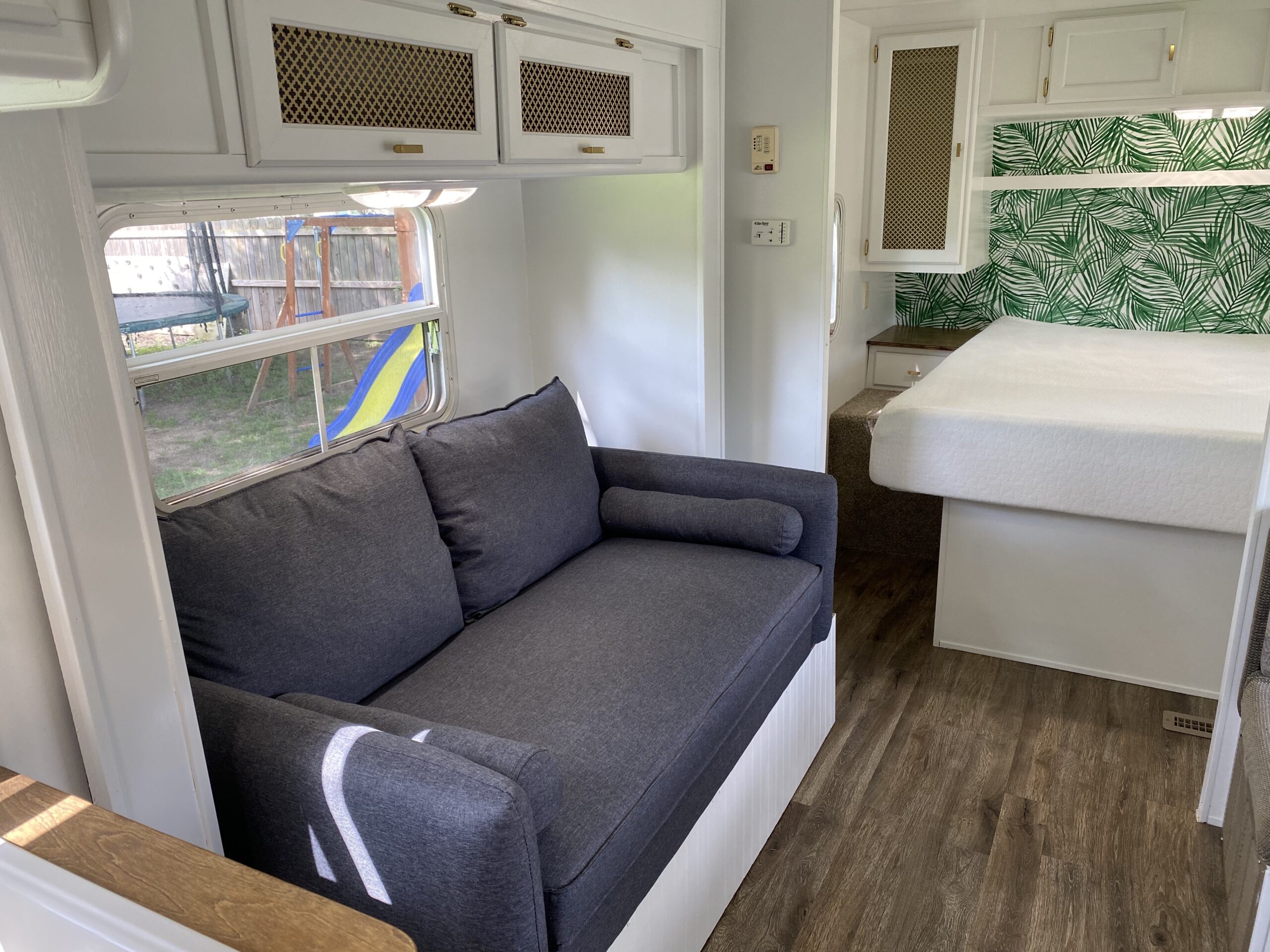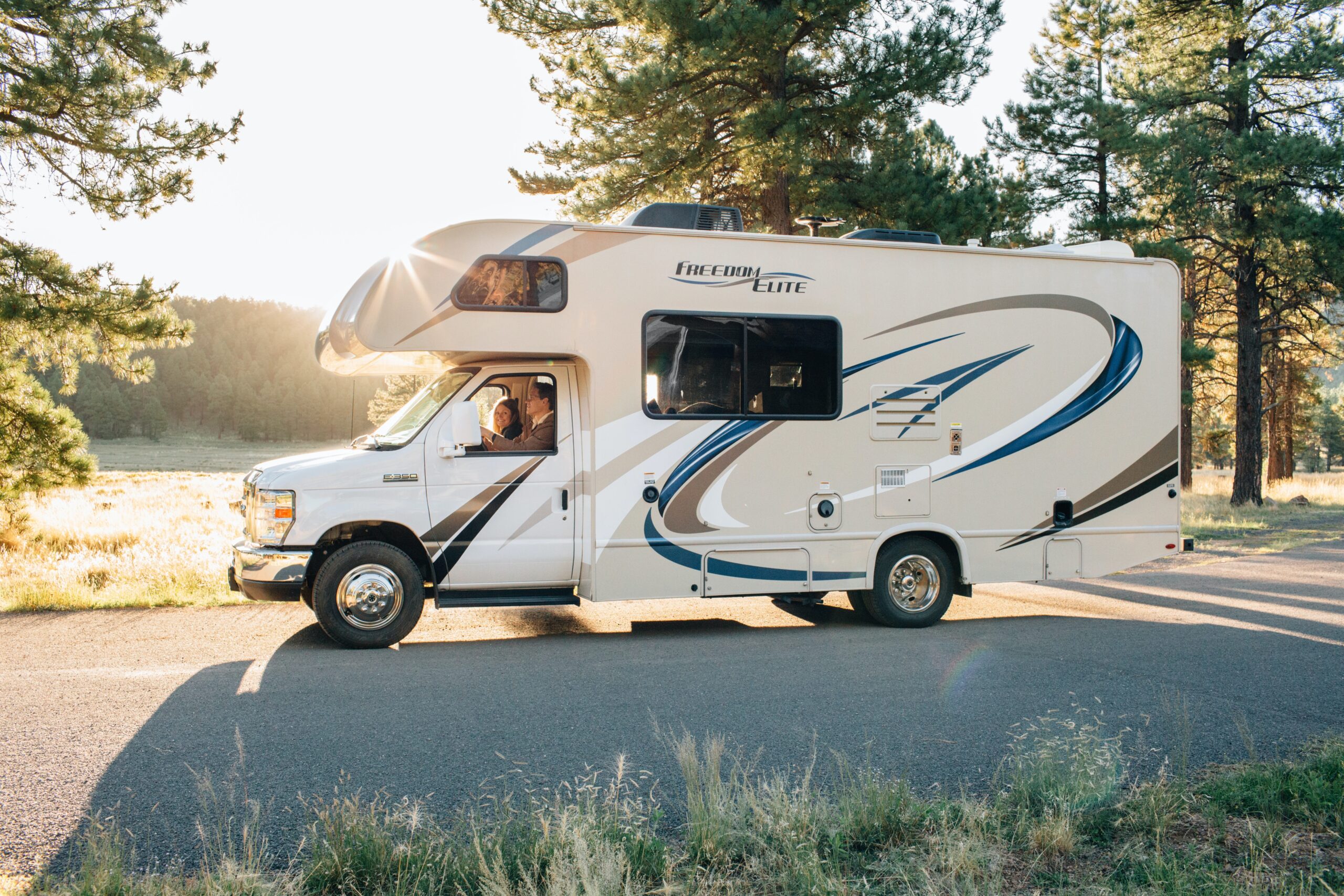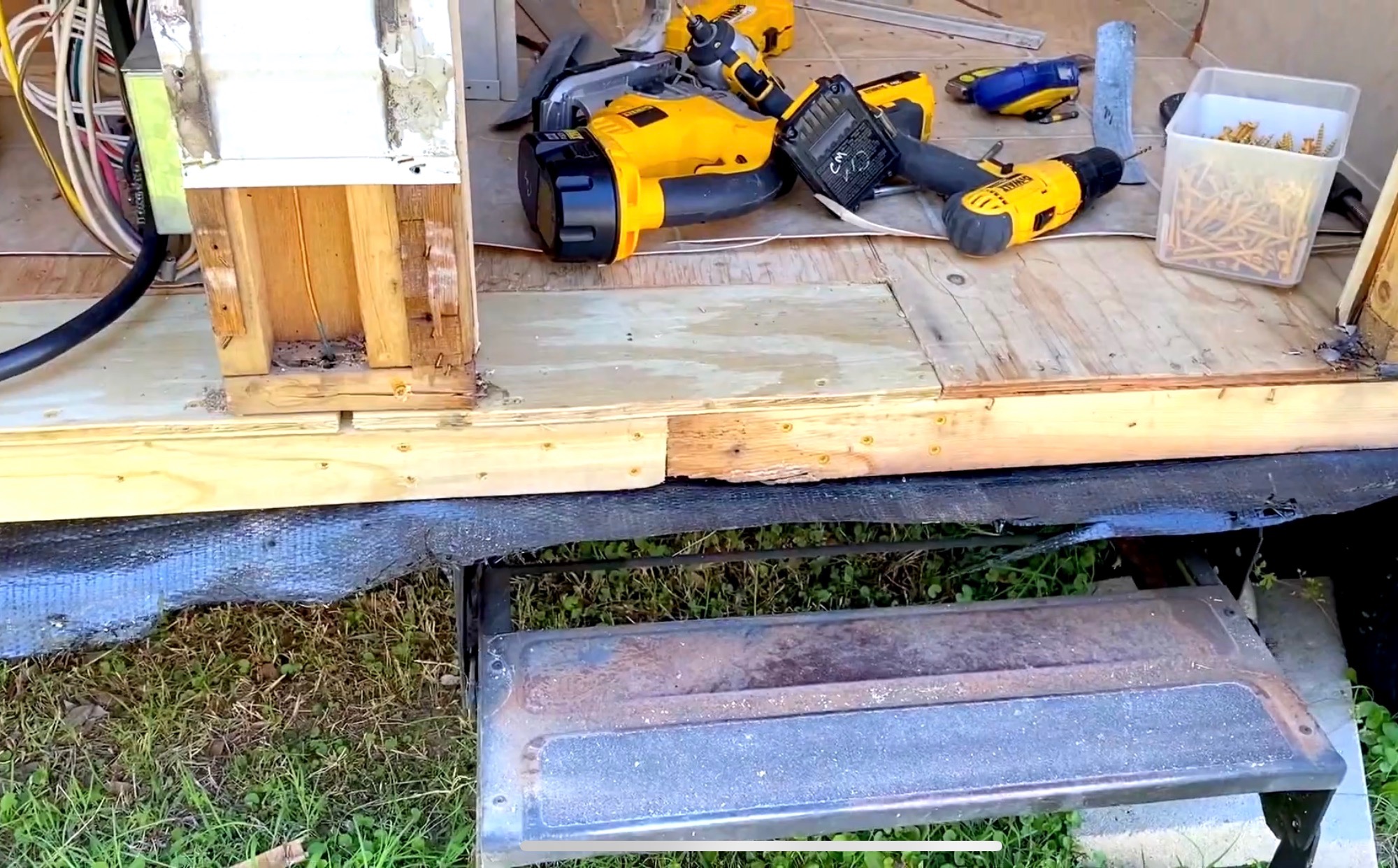Unusually strong winds not only destroy the fabric of the awning but can also result in damaging the support structure itself and may also batter the siding of the RV walls.
Therefore, it is important to know how much wind RV awnings can withstand.
RV awnings can take wind that is as strong as 20 to 25 mph (32-40 km/h). Any more than this, and the awning will become vulnerable to damages, no matter how sturdy a material your awning is made of. If there are winds stronger than this, then it is recommended that the awnings be rolled up.
These days, different kinds of RV awnings are found in the market, from supported awnings to self-supported awnings and even automatic awnings.
The wind resistance in each of these awnings may differ slightly, but the range of wind speed that they can endure remains more or less the same.
Keep on reading to find out more about the factors that affect the resistance to wind speed when it comes to your RV awnings.
Understanding Wind Intensity Using the Beaufort Wind Scale
It is important to understand the various kinds of wind speeds in order to understand its impact on your RV awning.
We often categorize two to three different kinds of wind speeds under one group and do not bother in differentiating or understanding the nuanced difference in their speeds.
When it comes to your RV awnings, it is important to understand the differences between the various speeds and intensity of the wind.
The distinction is made under the Beaufort Wind Scale, which defines the unit in which wind is measured.
In this table below, you will find further details corresponding to the wind type, strength and speed.
| Beaufort Scale | Wind Strength | Speed (km/h) | Speed (mph) |
| Light to Moderate Breeze | 0-4 | 1-29 | 1-18 |
| Fresh Breeze | 5 | 30-39 | 19-24 |
| Strong Breeze | 6 | 40-49 | 25-31 |
| Moderate to Strong Gale | 7-9 | 50-88 | 32-54 |
| Whole Gale | 10 | 89-102 | 55-63 |
For RV awnings, anything that is above 20 to 25 mph (32 to 40 km/h) should be considered as strong winds.
So, by referring to the Beaufort Wind Scale, you need to consider rolling up your RV awning for anything stronger than a fresh breeze.
This will ensure that the awning is safe and secured from any stronger winds and will not be ripped apart or damage the support structure in case of high winds.
Kinds of RV Awnings and Their Wind Resistance
The width of the awning fabric is directly correlated to the wind speed that it can endure. The more the width of the fabric, the less the wind speed it can resist.
This will mean that the measures that you will take to keep the awning in place and safe and secure will go up if the width of the awning increases.
Other factors such as shades, anchors, and angle of inclination will affect the awnings’ endurance against the strong wind.
In the market, you will find three basic types of awnings with these in-built functionalities and characteristics.
Each of these three kinds of awnings has a variable width, a different configuration of anchors, and different inclination angles in which they can be mounted.
Therefore, the wind resistance will also vary slightly due to the way each of them is structured.
Supported RV Awnings
These awnings receive support from the RV structure and the poles that provide an external source of support.
Of all the three major kinds of awnings available, supported awnings are best suited against strong winds. These awnings also come with a Class 2 wind resistance rating.
To quickly explain this, a wind resistance rating is indicative of the kind of wind resistance the awning can provide.
Usually, Class 2 awnings can provide resistance to winds up to 25 mph (40 km/h).
We will discuss wind resistance ratings in greater detail in the next segment.
Self-Supported RV Awnings
Self-supported awnings use metal arms that are spring-powered in order to gain the support it needs.
These awnings extend from the RV structure itself and rest on the wall-mounted support.
They are easier to operate, as unlike the supported awnings, they do not need to be tied to external support.
However, they are more susceptible to strong winds. These awnings are safe to be used against wind speed up to 22 mph (35 km/h).
Automatic RV Awnings
Automatic awnings are by far the easiest to use. As the name suggests, these awnings automatically come out of the RV structure.
When these awnings are used in combination with wind speed sensors, it will also retract automatically if it senses the wind speed above a certain level.
With all its comfort and ease of use, the actual wind resistance of these awnings remain almost the same as the previous two.
It is safe to use these awnings up to a maximum wind speed of 22 mph (35 km/h).
Understanding Wind Resistance Ratings
RV awnings today come with a wind resistance rating. The rating tells you about the wind speed that the RV awning can withstand without suffering any damages.
Many use this wind resistance rating as a signal to roll up their awnings when the wind speed gathers momentum and increases above the number indicated through the rating.
Automatic RV awnings use the reading from this rating to roll up the awning as the wind gathers speed.
Wind Resistance Classification
The wind resistance rating is categorized under different classes. Each classification is based on wind mileage and wind strength.
It also indicates whether an awning can or cannot be used when the wind resistance rating falls under that class.
| Awning Wind Resistance Class | Wind Mileage | Wind Strength | Measures to protect the awning |
| Class 0 | 0-12 mph (0-19 km/h) | 3 | Do not use it in windy conditions. |
| Class 1 | 13-17 mph (20-27 km/h) | 4 | It can be used till the wind starts to lift dust. |
| Class 2 | 18-23 mph (28-37 km/h) | 5 | It can be used till the small trees begin to sway. |
| Class 3 | 24-30 mph (38-48 km/h) | 6 | It can be used till the larger tree branches begin to move. |
Ways to Minimize Exposure of RV Awnings to Strong Winds
The damages that strong winds can do to RV awnings are manifold. Not only can strong winds damage the fabric of the awning, but it can also rip apart the awning from the structure itself, or cause it to be bent or broken, and in some cases even damage the sides of the RV itself.
As a precautionary measure, you need to ensure that the awnings are rolled up whenever the wind speed catches up. Installing a wind sensor is also helpful.
The ALEKO AWSS Wind-Sun Sensor for Retractable Patio Awning is a great device that you can use in this regard. Watch this video to learn how to install the wind sensor on your RV:
Conclusion
It is only natural to imagine that with the myriad of RV awnings that the market is flooded with today, the resistance to wind speeds will also vary.
The rule of thumb is to roll up the awning once the wind speed crosses 20 to 25 mph.






